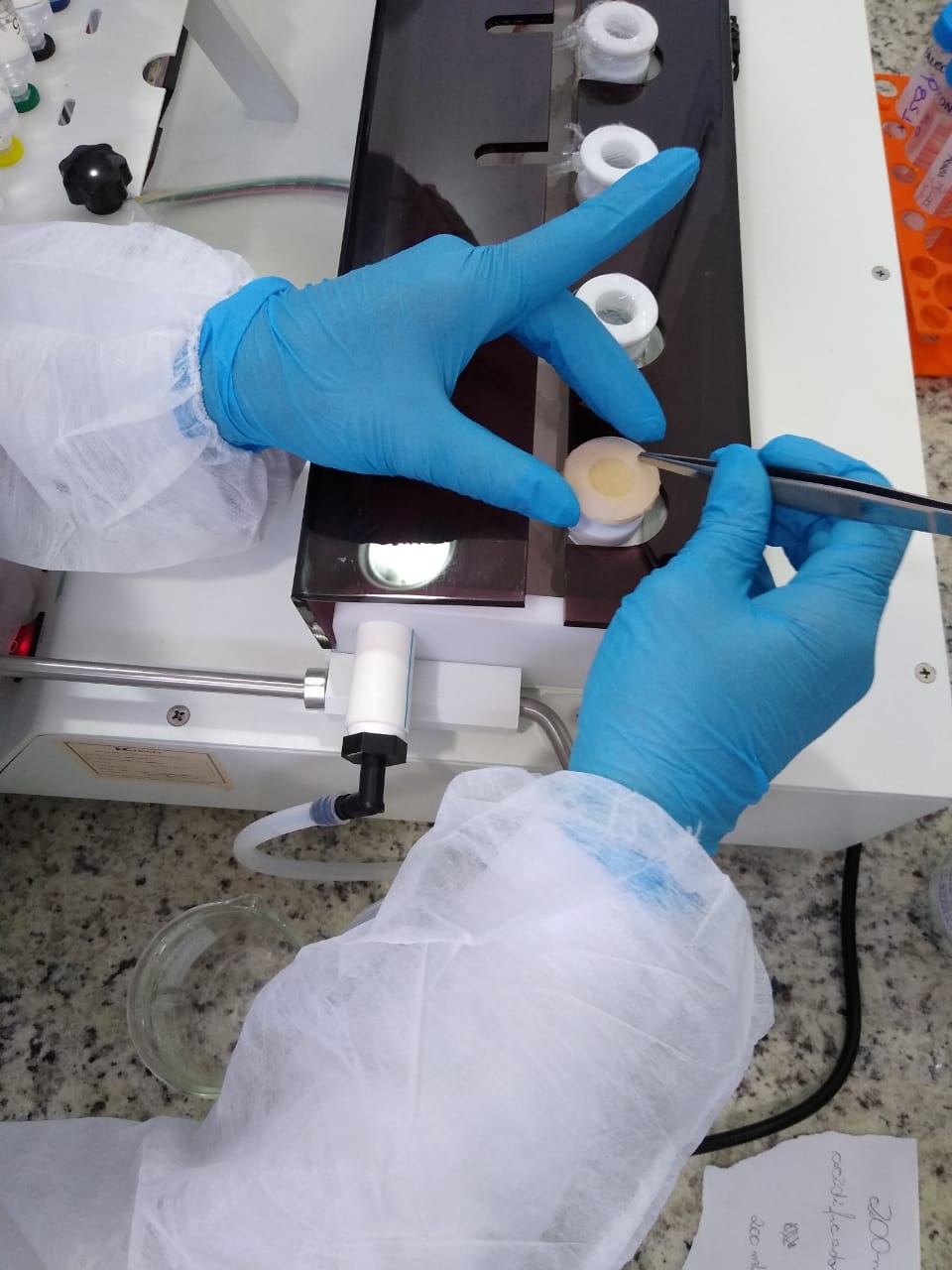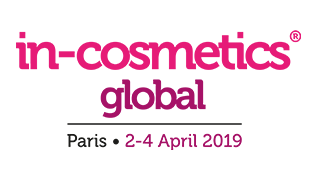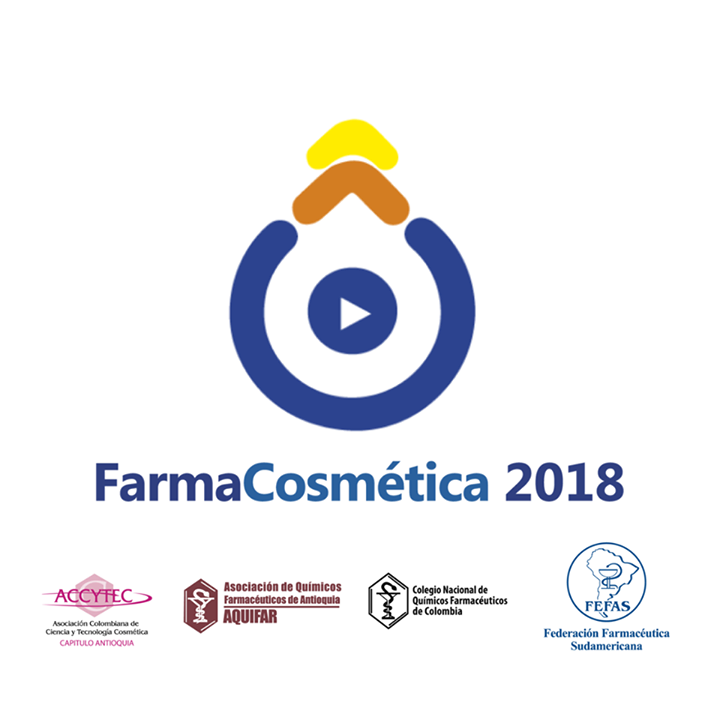Journal of the American Academy of Dermatology, 76(6) Supplement 1, AB197, 2017.
DOI: http://dx.doi.org/10.1016/j.jaad.2017.04.769
Antonio C. Vanzo, Jr, Liliana B. O. Torloni, Renan Lage, Andréia F. C. Pereira, Maurizio Mercuri, Amanda Francielli Pereira, Michelle Sabrina da Silva, Gustavo Facchini, Samara Eberlin
The extrinsic cutaneous aging is attributed to changes in the skin due to lifestyle, being influenced mainly by ultraviolet radiation (UV), but also by pollution resulting from smoking, chemicals, heat and other environmental insults. After exposure to UV radiation, the formation of free radicals occurs causing damage to cellular and triggering a inflammatory response. In addition, cigarette smoke exerts harmful effects on the skin mediated by AhR receptor (aryl hydrocarbon receptor), a cytosolic transcription factor found in inactive form, which binds the toxic agent and translocates to cell nucleus where it regulates transcription of genes involved in oxidative stress, inflammation, immunosuppression, pigmentation, premature aging and skin cancer. In this sense, the search to substances that can reduce or reverse the skin aging process is a constant tool of research and development in cosmetic and dermatology. A strategy for the development of more robust product capable of preventing oxidative stress involves the use of antioxidants to prevent the redox imbalance and maintain cellular homeostasis containing the progression of chain reactions which oxidizes organic substrates. The objective of this study was evaluate the preclinical efficacy of an antioxidant skin care product (nano-tocopherols+resveratrol; nano-omegas 3, 6 and 9; standardized complex of berries) against damage caused by UV radiation and cigarette smoke in cultured of human keratinocytes and fibroblasts by quantifying AhR receptor, NF?B (nuclear factor kappa B), HSP-47 (heat shock protein 47), malondialdehyde (MDA), superoxide dismutase, catalase and total glutathione. The results allow us to infer that antioxidant skin care product exerts a protective effect against oxidative stress by mechanisms that involve capture and neutralization of free radicals, saving thus the consumption of the antioxidant enzymes catalase, superoxide dismutase and glutathione, as well as reducing lipid peroxidation. In-parallel, the investigational product has a protective role against the deleterious effects of xenobiotic pollutants, since protected nuclear translocation of AhR receptor, and presents anti-inflammatory effect by reducing production of NF-kB and decrease in HSP-47 shock protein, indicating a possible protective role of the dermis against damage caused by oxidative stress. These findings demonstrate that antioxidant skin care product can help reduce and mitigate the issues and the signs of skin aging produced by constant exposure to exogenous agents, particularly cigarette smoke and ultraviolet radiation.
DOI: http://dx.doi.org/10.1016/j.jaad.2017.04.769
Antonio C. Vanzo, Jr, Liliana B. O. Torloni, Renan Lage, Andréia F. C. Pereira, Maurizio Mercuri, Amanda Francielli Pereira, Michelle Sabrina da Silva, Gustavo Facchini, Samara Eberlin
The extrinsic cutaneous aging is attributed to changes in the skin due to lifestyle, being influenced mainly by ultraviolet radiation (UV), but also by pollution resulting from smoking, chemicals, heat and other environmental insults. After exposure to UV radiation, the formation of free radicals occurs causing damage to cellular and triggering a inflammatory response. In addition, cigarette smoke exerts harmful effects on the skin mediated by AhR receptor (aryl hydrocarbon receptor), a cytosolic transcription factor found in inactive form, which binds the toxic agent and translocates to cell nucleus where it regulates transcription of genes involved in oxidative stress, inflammation, immunosuppression, pigmentation, premature aging and skin cancer. In this sense, the search to substances that can reduce or reverse the skin aging process is a constant tool of research and development in cosmetic and dermatology. A strategy for the development of more robust product capable of preventing oxidative stress involves the use of antioxidants to prevent the redox imbalance and maintain cellular homeostasis containing the progression of chain reactions which oxidizes organic substrates. The objective of this study was evaluate the preclinical efficacy of an antioxidant skin care product (nano-tocopherols+resveratrol; nano-omegas 3, 6 and 9; standardized complex of berries) against damage caused by UV radiation and cigarette smoke in cultured of human keratinocytes and fibroblasts by quantifying AhR receptor, NF?B (nuclear factor kappa B), HSP-47 (heat shock protein 47), malondialdehyde (MDA), superoxide dismutase, catalase and total glutathione. The results allow us to infer that antioxidant skin care product exerts a protective effect against oxidative stress by mechanisms that involve capture and neutralization of free radicals, saving thus the consumption of the antioxidant enzymes catalase, superoxide dismutase and glutathione, as well as reducing lipid peroxidation. In-parallel, the investigational product has a protective role against the deleterious effects of xenobiotic pollutants, since protected nuclear translocation of AhR receptor, and presents anti-inflammatory effect by reducing production of NF-kB and decrease in HSP-47 shock protein, indicating a possible protective role of the dermis against damage caused by oxidative stress. These findings demonstrate that antioxidant skin care product can help reduce and mitigate the issues and the signs of skin aging produced by constant exposure to exogenous agents, particularly cigarette smoke and ultraviolet radiation.




